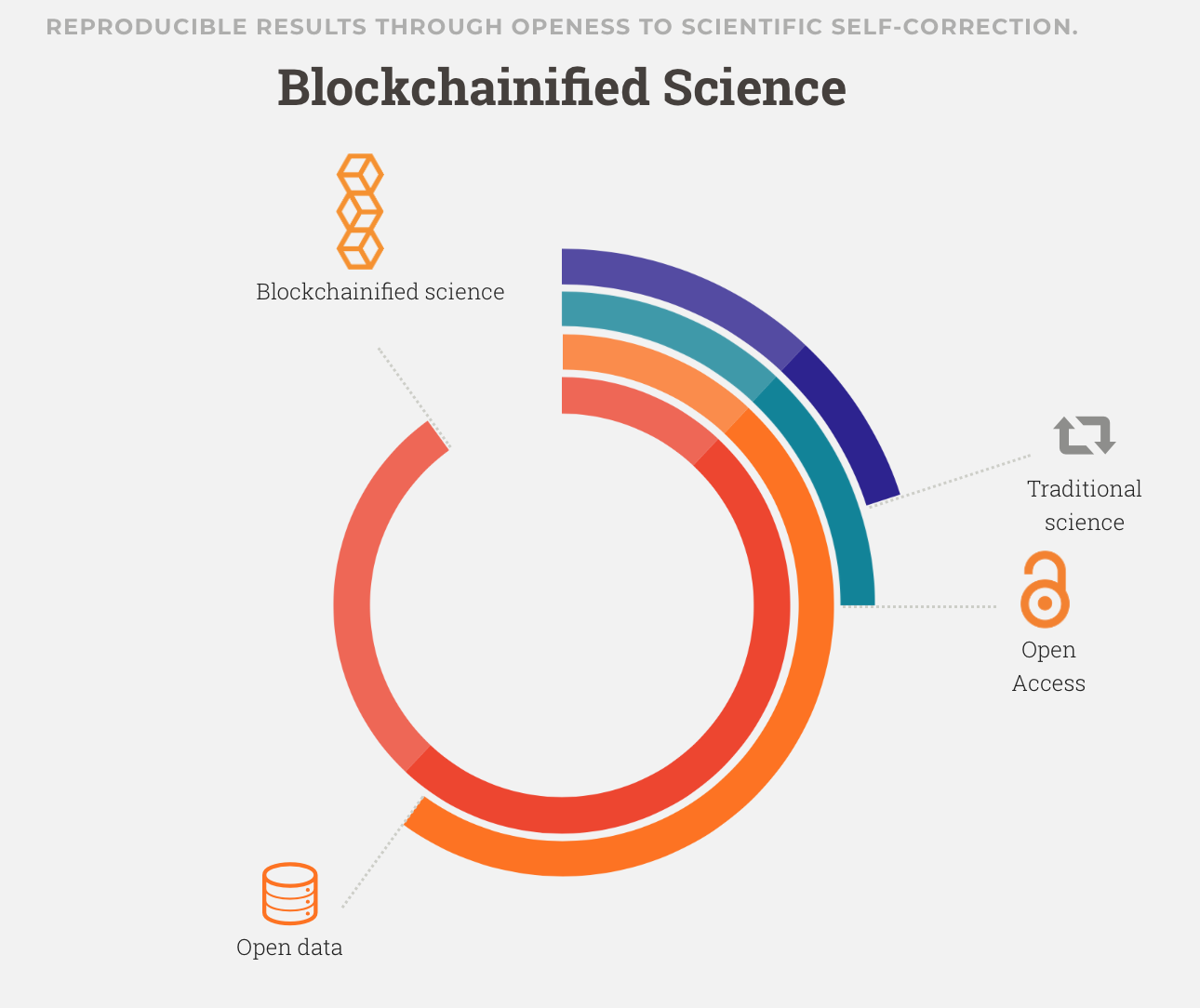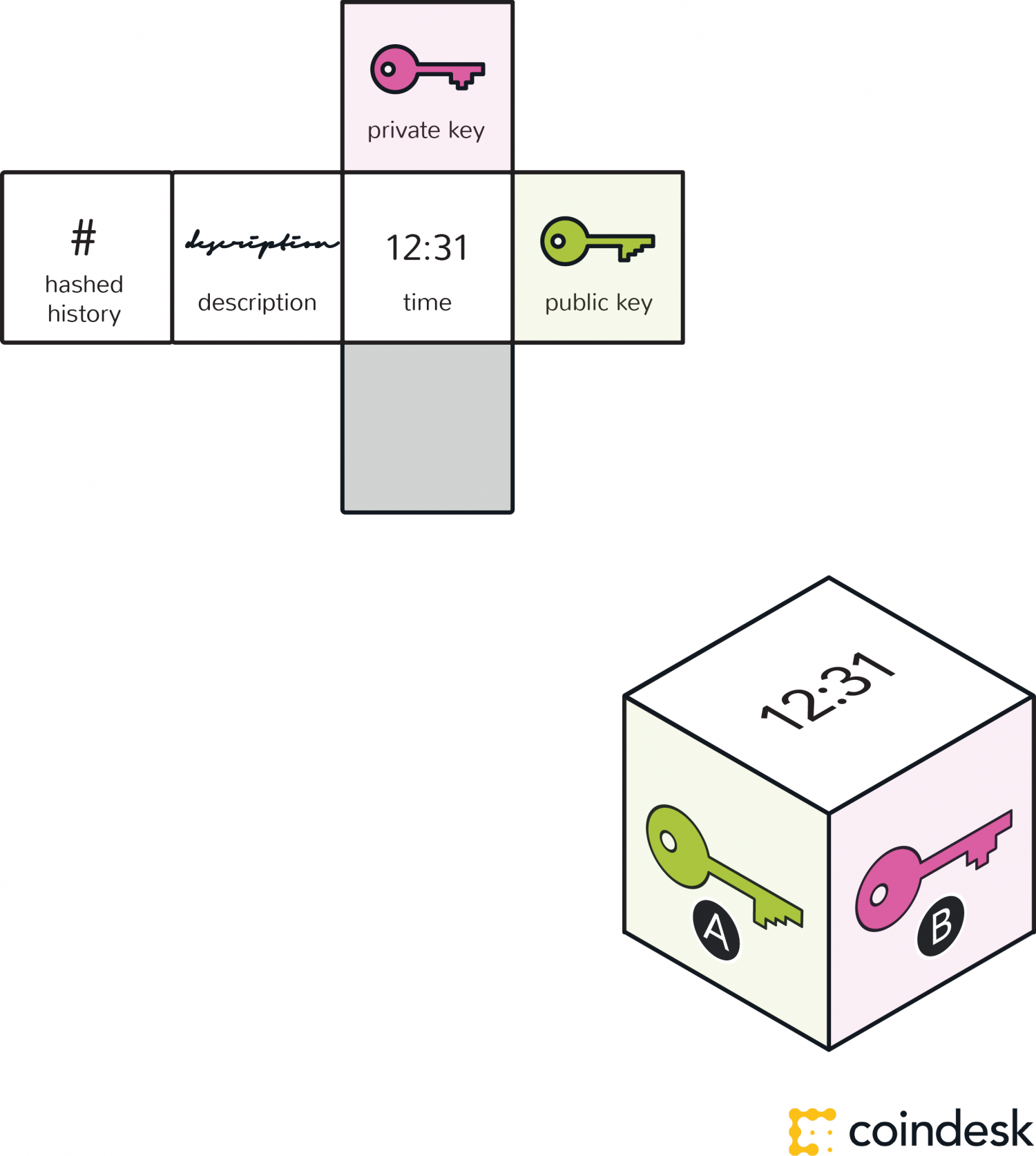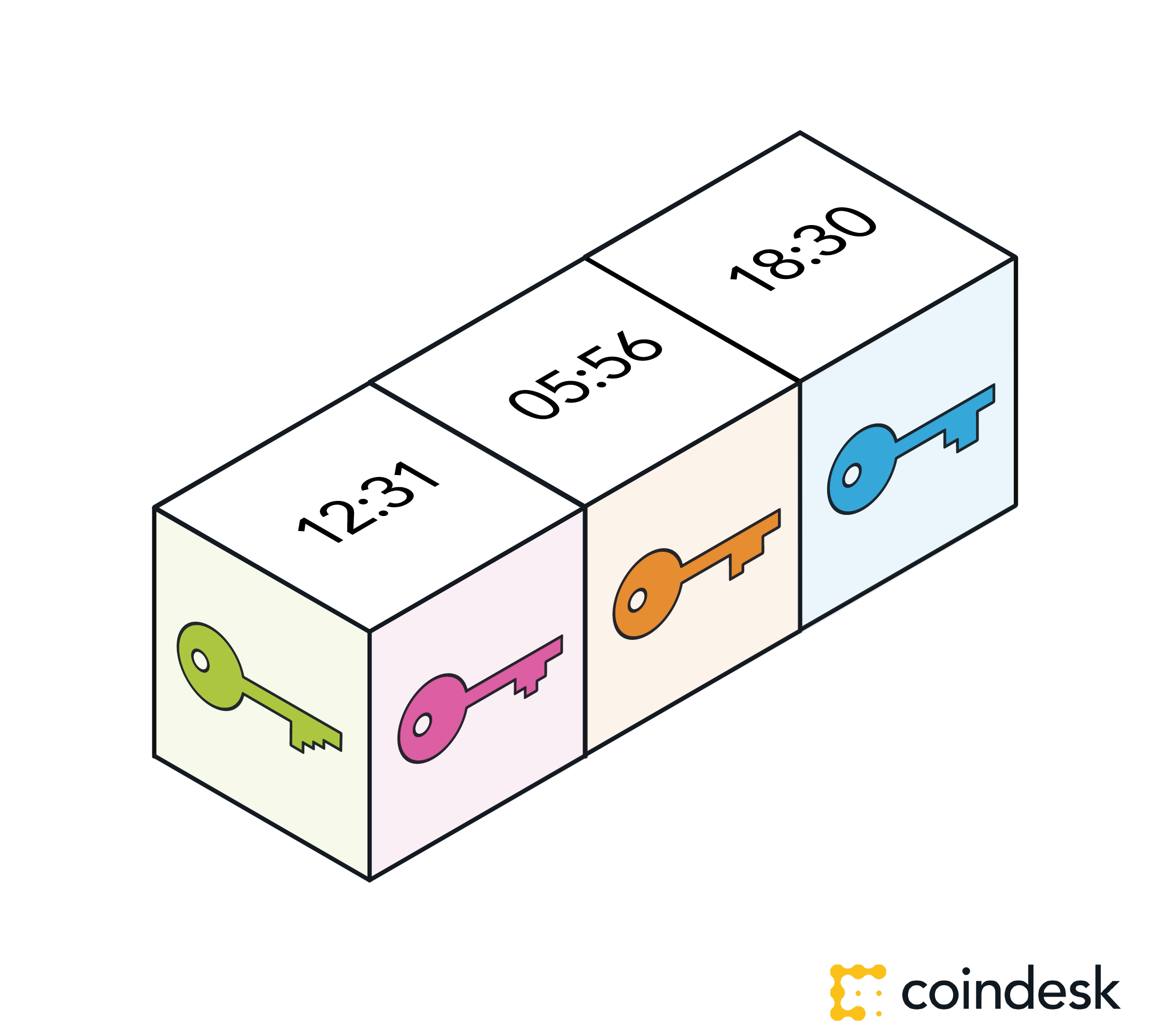Most of us heard of Bitcoin and probably of blockchain. What is the difference?
Blockchain is a technology that seems to be a leap change in the business models of the “digital relationship” as we’re witnessing now. But it is much more than an optimisation of the online interactions in the context of new technologies. It is a proof of evolution of our society, from a centralised system thinking towards a distributed one and the benefits of the change can go beyond imagination. The Next Web explains that the businesses or institutions will keep a role in the constitution of the distributed system, but the system itself is autonomous by definition and powered by its own members [1].
Concept & implications
The online interaction let aside, this is not a new concept: it was discovered in remote places, applied locally, in small isolated communities (see video below – [3]), being in place for hundreds of years. The concept is about authority belonging to an entire community instead of its concentration into one entity (a person, a company, an institution – as we know it now).
[youtube]https://youtu.be/A-L2M0l5dEY[/youtube]
Read more details about the technology at the end of the article.
There are already many applications. If you’ll search online, you’ll get already businesses specialised in data storage like MaidSafe or Filecoin, hubs like Blockchain Hub, social platforms Akasha, search engines BitClave that operate on the blockchain technology, as well as applications or experiments of universities, like Blockcerts, from MIT.

Another idea, coming from the director of the Knowledge Media Institute from UK’s Open University, specialised in distance learning, is to make a public ledger of validated academic qualifications with high impact on the recruitment of the graduates. But the biggest impact would be the “cut out of the middleman in distance learning: the university”. That would be, in his words, “the university of one”. This is already happening – he says, but the added value of the technology to this model would be in the added trust. Times Higher Education cites: “Everyone in the system can check what a student has learned – which certificates they have accumulated – rather than having to rely on a particular institution to store these data” [5]. This model implies, in my understanding, self-made curricula to get a self-made specialisation, while the technology provides all the necessary certifications for everyone to see.
Early adopters of the technology, the MIT’s Media Lab, introduced Blockcerts, a standard for creating, issuing, viewing and verifying blockchain-based certificates. This year, in July, they started issuing “tamper-proof” Digital Diploma’s that are registered in the bitcoin network.
One last thought: beginning October, an “archeology coin” named Kapu was launched for Archeology. It has great impact on archiving and in the cultural heritage protection [7]. Does this mean that we could expect for every field and type of data a new digital currency to be invented? How will this be adopted by the universities?
Who knows? The future will tell.
In any case, brace for impact: there is no escape from this technology!
Further reading…
Blockchain technology
There are in fact three technologies that made the blockchain possible. None of them are new, but their combination is [8]. These technologies are:
- the private/public key cryptography,
- a P2P network with a shared ledger and
- a protocol (that requires the existence of an incentive “to service the network’s transactions, record-keeping and security“).
The key cryptography takes care of the identification of an individual with a private and a public key.
Any transactions made between two persons is recorded in a data block containing the digital signature, the time and the information related to the transaction. A chain of transactions recorded at different times is at the origin of the name of this technology: a blockchain (see figures below).


from https://www.coindesk.com/information/how-does-blockchain-technology-work/
These transactions are recorded by the entire network at the same time, so every node in the network receives the same reliable information.
The reliability comes from the network protocol, that takes care of the authorisation of a transaction. That happens by the execution of a mathematical problem that is called “proof of work” [4]. This proof of work is a code that runs simultaneously on more computers, doing what it’s known as “mining” a new block. The one computer that solves first the problem, authorises a new block in the chain and gets an incentive: a bitcoin (BTC – in the bitcoin network) or an ethereum (ETH – in the Ethereum network) or any other coin in any other network where such a technology functions.

Blockchains are certainly worth exploring some more, but in the context of research data one point is useful to clarify. If ‘we’ want to share research data in the decentralised fashion that underlines the blockchain (ie with every party has a copy of the blockchain) then I don’t think this will be feasible for the actual data. The prospect of *every* party storing TB and TBs of data will just not work, both in terms of passing the data between parties and then storing the data. This is already an issue for Bitcoin, which was only c.60GB in 2016.
However, where the blockchain is interesting is in using it to share metadata about the data, which will create much smaller files. Everyone in a particular research community could instantly get an up-to-date index of new research data in their field. This index (ie a collection of metadata) could then quickly see what new research data is being created
The blockchain would also be useful for tracing usage of data. In particular, I could see that the blockchain would be useful for sharing (and tracing the use of) sensitive data. If Medical Centre A wishes to share its patient data with Research Group B, the blockchain could be used to record this fact. And if it suddenly turned out Research Group Z was using the data, Medical Centre A could use the blockchain as evidence that Research Group did not have permission to use it.
From my readings there are three issues with the blockchain technology in general and with Bitcoin blockchain in particular: 1. the fit of the P2P architecture mentioned by Lambert Heller [4] where he makes his case in the epilogue of his post; 2. the storage capacity for all the blockchains and 3. the computational power because of the complexity of the proof of work and consequently, the energy required for mining – especially for Bitcoin, (see DOI 10.1109/MSPEC.2017.8048837).
The scaling issue is well known and solved since 2009 through hardware improved performance – see graphic in the paper above. The cryptocurrency enthusiasts and experts are mentioning as well in their stories the existing solutions implemented to overcome this – see “Blockchains don’t scale. Not today, at least. But there’s hope)
Blockchain is a technology and it should be treated as such: use it where it suits to solve a problem or seize an opportunity for optimisation and innovation, like you propose for research data: share metadata and transparency of the use of data. The proof of time will tell if and where blockchain concept is strong enough to replace some of the centralised systems (in the academic environment). I expect the technology implementation will follow “the path of least resistance”.